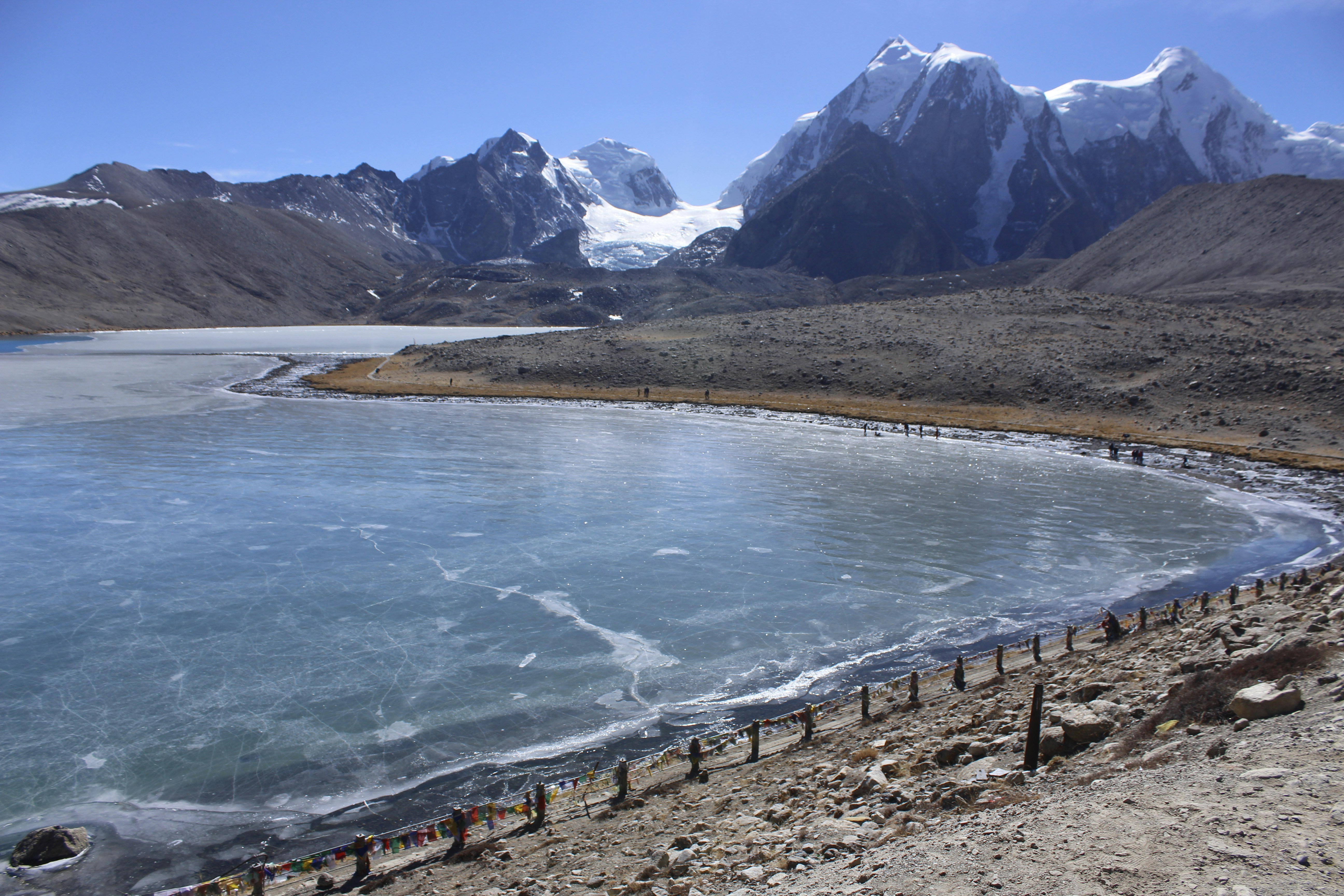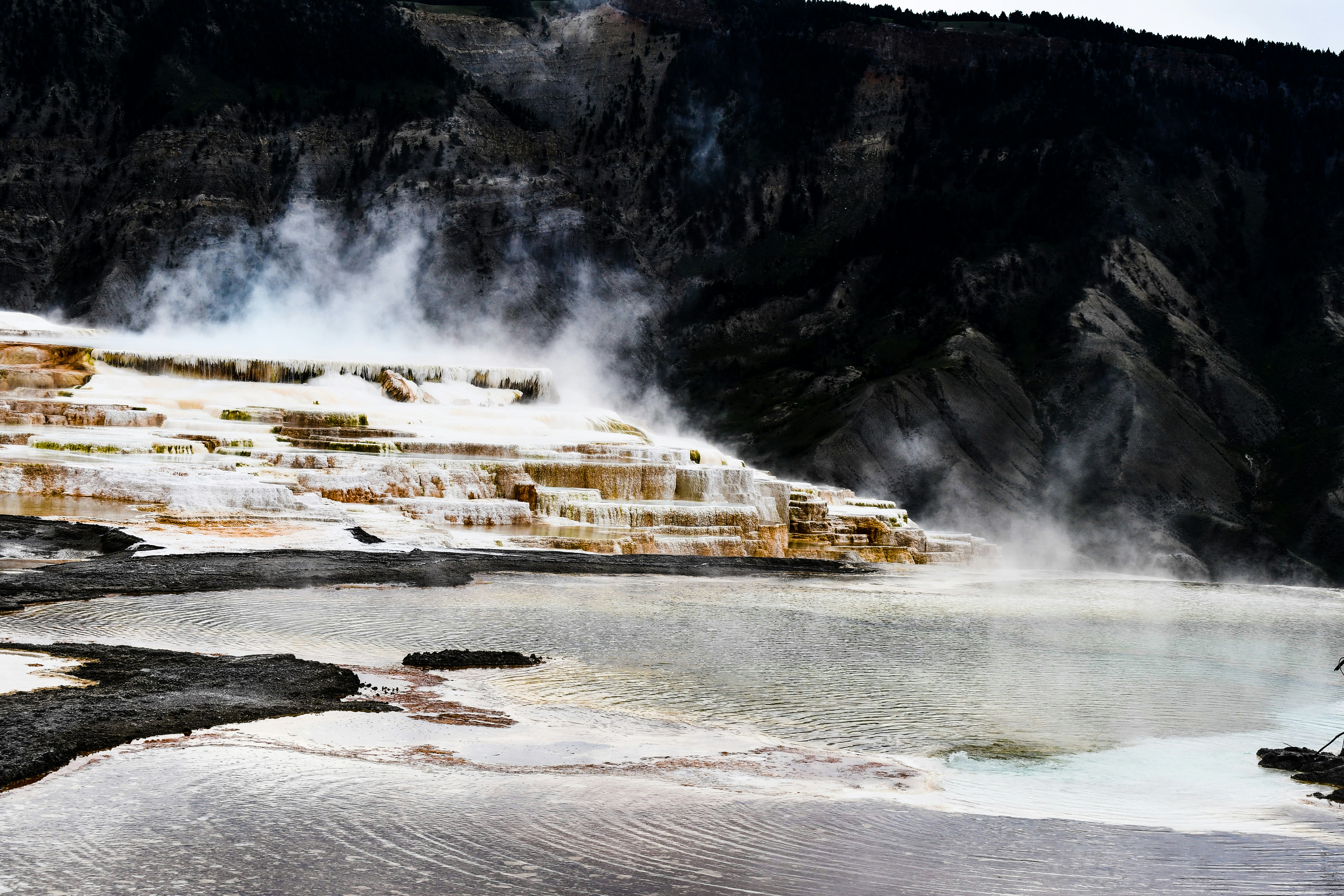Introduction to the Tibetan Plateau
The Tibetan Plateau, often celebrated as ‘the Roof of the World,’ is an expansive geographical marvel that stands as the highest and largest plateau on the planet. Spanning approximately 2.5 million square kilometers, it is primarily located in Tibet and parts of China, India, and Nepal. This unique landscape, characterized by its majestic mountains, deep valleys, and vast stretches of grasslands, offers a distinct environment that has evolved over millennia.
The significance of the Tibetan Plateau extends beyond its size and height; it plays a critical role in the Earth’s climate and hydrology. The plateau influences monsoon patterns across Asia and acts as a vital source of water for several major river systems, such as the Yangtze, Yellow, and Indus rivers. These rivers provide essential water resources for millions of people living downstream, highlighting the plateau’s importance not just locally but regionally and globally.
Ecologically, the Tibetan Plateau hosts a diverse range of flora and fauna adapted to its harsh, high-altitude conditions. The ecosystem supports unique species like the snow leopard and Tibetan antelope, which thrive in the rugged terrain. The natural beauty of the plateau attracts researchers and conservationists alike, who seek to study its intricate ecological balance and challenges posed by climate change.
Culturally, the Tibetan Plateau holds an immense significance for the Tibetan people and various nomadic groups who inhabit this region. The mountains are revered as sacred, embodying a rich tapestry of beliefs, traditions, and practices that are integral to the Tibetan identity. Many local customs and seasonal migrations are influenced by the rhythms of nature, underscoring the deep connection between the people and their environment.
This foundational understanding of the Tibetan Plateau will prepare us to delve deeper into the mountains that rise dramatically from this vast land, representing not just physical barriers but also cultural custodians. The perception of these mountains as guardians is rooted in the rich historical and spiritual narratives that shape Tibetan culture.
The Majestic Mountains: Key Ranges and Peaks
The Tibetan Plateau, often referred to as the “Roof of the World,” boasts an extraordinary array of mountain ranges and peaks that dominate its landscape. Among these, the Himalayas, Kunlun Mountains, and Karakoram stand out for their grandeur and significance. Each range possesses unique geological features, formed over millions of years through tectonic activities, resulting in some of the highest elevations on the planet.
The Himalayas, extending across the southern edge of the plateau, are home to the world’s tallest mountain, Mount Everest (Chomolungma). Rising to an elevation of 8,848 meters, this iconic peak not only poses formidable physical challenges due to its harsh climatic conditions and treacherous terrain but also holds immense cultural significance. In Tibetan Buddhism, Mount Everest is revered as a sacred entity, regarded as a seat of the deities. Consequently, the mountain attracts both adventurers and spiritual seekers alike.
To the north, the Kunlun Mountains present a different geological character, characterized by a series of rugged peaks and vast plateaus. This range is not only key for its elevation but also as a source of critical water resources that feed into several major rivers of central Asia. The highest peak in this range, Mount Kongur, rises to 7,719 meters, further solidifying the Kunlun’s status in the context of high-altitude environments.
Along the western frontier of the Tibetan Plateau lies the Karakoram range, which includes the famous peak K2. Standing at 8,611 meters, K2 is notorious for its extreme difficulty and low success rate among climbers. The mountain is not only a physical challenge but also an important cultural landmark, respected by local communities and climbers alike. These mountain ranges collectively contribute to the unique ecology and cultural heritage of the Tibetan Plateau, making them pivotal to our understanding of this “Roof of the World.”
Ecological Significance of the Mountains
The mountains on the Tibetan Plateau serve as a vital ecological zone, hosting a diverse array of habitats and species uniquely adapted to the extreme high-altitude conditions. These towering formations, often referred to as the “Roof of the World,” provide essential ecosystems that support numerous plants and animals. Flora such as alpine grasses and rare medicinal herbs thrive in these altitudes, while fauna ranges from the iconic snow leopard to various species of migratory birds. The intricate biodiversity found within these mountains demonstrates their importance to global ecological health.
Moreover, the Himalayan glaciers, which are diminishing due to climate change, underscore the critical role these mountains play in regulating water supplies for millions of people in surrounding regions. The melting glaciers feed into major river systems, including the Indus, Ganges, and Brahmaputra, which are vital sources of freshwater for agriculture, drinking water, and hydropower. A decline in these glacier reserves could lead to dire consequences, impacting water availability and causing downstream conflicts over resources as population pressures continue to rise.
Furthermore, the mountains contribute to the climate regulation of the Tibetan Plateau and nearby areas through the maintenance of the local weather patterns. The interplay between the mountains and the atmosphere is crucial in how moisture-laden winds interact, leading to precipitation patterns that nurture the region’s ecosystems. Conservation efforts are paramount in preserving this delicate balance as anthropogenic activities and climate change threaten to alter the fundamental dynamics of these mountainous ecosystems.
Overall, understanding the ecological significance of the mountains on the Tibetan Plateau is crucial for fostering effective conservation strategies. Protecting this fragile ecosystem is imperative not only for the millions who rely on its resources but also for the health of our planet’s biodiversity. Sustainable practices and heightened awareness are essential to ensure the longevity of these natural wonders and their ecological services.
Cultural Reverence and Spiritual Significance
The mountains of the Tibetan Plateau hold profound cultural and spiritual significance for the Tibetan people. These towering giants are not merely geographical features; they are revered as sacred entities, embodying the spiritual essence of the landscape. The connection between the Tibetan people and their mountains is deeply interwoven with their traditions, myths, and legends, which often depict these majestic peaks as guardians of the earth and protectors of the spiritual realm.
In Tibetan Buddhism, mountains are venerated as the abodes of deities and divine spirits. For example, Mount Kailash, one of the most revered mountains in the region, is considered the earthly manifestation of Mount Meru, the center of the universe in Buddhist cosmology. Pilgrimages to such sacred sites are paramount within the Tibetan culture, with devotees undertaking arduous journeys to perform kora, a ritual circumambulation of the mountain. These rituals not only express devotion but also reflect a deep-seated belief that the mountains harbor the power to bestow blessings and spiritual enlightenment.
Furthermore, numerous myths and folktales revolve around these mountains, often portraying them as mystical gateways to higher realms. Such stories emphasize the themes of resilience, strength, and harmony with nature, which are central to Tibetan identity. The seasonal cycles, reflective of the mountains’ fierce yet nurturing presence, guide agricultural practices and the community’s way of life. This harmonious relationship highlights the importance of respecting and protecting the natural surroundings, further solidifying the mountains’ role as metaphysical protectors.
Through these cultural narratives, the mountains emerge not only as physical landmarks but also as vital symbols of spiritual strength and communal identity. As “guardians of the Roof of the World,” they inspire reverence and awe, reminding individuals of their inherent connection to the world around them.

